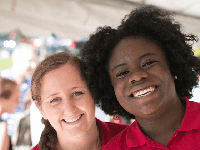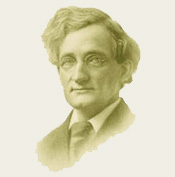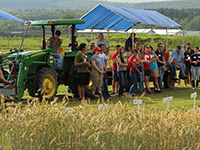Skill Level
Beginner, Intermediate, Advanced
Learner Outcomes
- Discover how group members express themselves.
- Explore what communication methods work for you.
- Reflect upon what inspires us.
Life Skills
Critical thinking, communications, social skills, accepting differences, empathy, sharing, nurturing relationships, contribution to group, self-esteem, self-responsibility, managing feelings
Time
10 minutes (or keep it going as long as the group is interested)
Materials
None
Space
A space in which youth can gather in a circle and move around the circle
Introduction
In this activity, the group will gather in a circle and the facilitator will read a series of statements. After each statement, group members can “step in” to the circle and change their spot if the statement applies to them. The statements progress from lower to higher stakes of sharing and can surface some possible discomfort. It is important to pause after each statement is read since participants usually take a moment to see if anybody else is going to step in before deciding whether to step into the circle themselves.
From this activity, we hope youth take away that we all have different ways of expressing ourselves. Finding a way to express ourselves and sharing that expression with others can bring joy, and it can encourage authenticity and connection. In addition, we have different ways of communicating ideas and taking action. There is not a “right” way, except that it may be more suitable to us and our inclinations.
We encourage youth to reflect upon what inspires them and what turns that inspiration into action. We include a large number of statements below knowing that the facilitator will be sensitive to the dynamics of the group and chose the most appropriate statements. It is important not to engage in this as a laundry list to be read, but instead, to choose statements that fit your group.
Before the Activity
Read through the provided statements and choose up to 15 statements that could be a good fit for the group. Statements are organized into two groups—easier and more difficult—based on vulnerability. We encourage the facilitator to choose a few statements from each group and begin with easier statements to have youth get the hang of the activity and build trust.
Activity
Opening Questions
Choose questions suitable for the group, if appropriate pose the question to set the tone without seeking an answer. It is also appropriate, in the spirit of vulnerability and fostering trust, to share some of your own story—enough to serve as a model, but without making it “all about you.”
- Have you ever felt as if you were the only person in the world to feel a certain way?
- How do you like to express yourself?
Experience
- Have the group gather in a circle. Share that you are going to read a series of statements. After each statement, youth should step into the circle if the statement applies to them.
- After each statement, be sure to pause and give youth enough time to consider if the statement applies to them.
- As necessary, debrief statements and ask if anyone wants to share why they stepped in or not.
|
Easier statements:
More difficult statements:
|
Reflection Questions
- What does it feel like to be the only person who has experienced something?
- What does it feel like to know others have had the same experience as you?
- What inspires us? What turns inspiration into action? What stops inspiration from turning into action?
Variations
- Instead of stepping into the circle, youth can raise their hand to show the statement applies to them.
- Youth can create their own statements.
- The statements can be cut into strips and placed in a hat. Youth can draw statements out of the hat and read them.
Acknowledgements
This activity is inspired by the “Have You Ever” activity in Chappelle, S., Bigman, L., & Hillyer, F. (1998). Diversity in action: Using adventure activities to explore issues of diversity with middle school and high school age youth. Hamilton, MA: Project Adventure.










